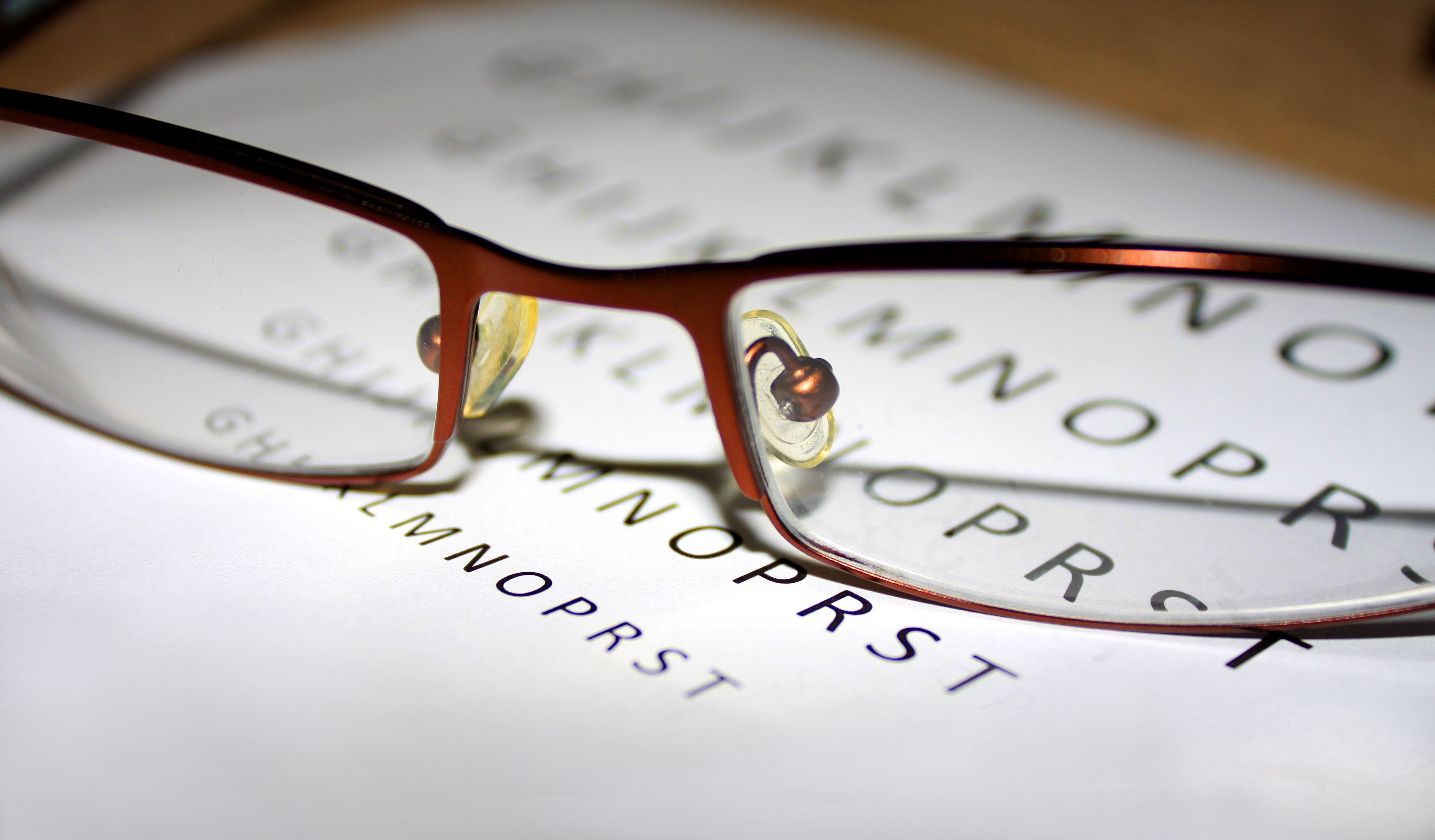Article
American Academy of Ophthalmology Issues Coronavirus Guidelines
Author(s):
Utilizing the latest information provided by the World Health Organization and CDC on the novel coronavirus, COVID-19, the American Academy of Ophthalmology issued a set of guidelines recommending protection for the mouth, nose, and eyes when caring for patients potentially infected with the virus.
Utilizing the latest information provided by the World Health Organization (WHO) and CDC on the novel coronavirus, COVID-19, the American Academy of Ophthalmology (AAO) issued a set of guidelines for ophthalmologists recommending protection of the mouth, nose, and eyes when caring for patients potentially infected with the virus.
Worldwide, the WHO reports that 102,927 people have been infected with the coronavirus as of March 7, with 213 of those cases reported by the CDC in the US as of March 6. Conjunctivitis, also known as pink eye, is a common inflammation of the eye that is routinely cared for by ophthalmologists.
As authors of the AAO guidelines note, “several reports suggest the virus can cause conjunctivitis and possibly be transmitted by aerosol contact with conjunctiva.” As affected patients may initially be recommended to eye clinics or emergency departments, ophthalmologists would serve as the first providers to evaluate patients possibly infected with the coronavirus.
In caring for patients potentially infected with the virus, especially those who have recently traveled internationally and have visited areas with known outbreaks (China, Iran, Italy, Japan, and South Korea), AAO guideline authors provided 3 recommended protocols for ophthalmologists to follow when scheduling or seeing patients:
- When phoning about visit reminders, ask to reschedule appointments for patients with nonurgent ophthalmic problems who have a respiratory illness or fever or returned from a high-risk area within the past 2 weeks.
- Patients who come to an appointment should be asked before entering the waiting room about respiratory illness and if they or a family member have traveled to a high-risk area in the past 14 days. If they answer yes to either question, they should be sent home and told to speak to their primary care physician.
- Patients with an urgent eye condition who possibly have COVID-19 can be seen, but personal protective equipment should be worn by all who come in contact with the patient.
AAO suggests that ophthalmologists and healthcare workers adhere to the CDC's recommendations for personal protective equipment, including gloves, gowns, respiratory protection (N-95 masks, slit-lamp breath shields), and eye protection (goggles).
When seeing patients potentially infected with the virus, the AAO guidelines state to place a facemask on the patient and isolate them in an examination room with the door closed and use airborne infection isolation rooms if available. After seeing patients, ophthalmologists are recommended to employ the same disinfection practices already used to prevent office-based spread of other viral pathogens when seeking to prevent the transmission of coronavirus before and after each patient encounter.
2 Commerce Drive
Suite 100
Cranbury, NJ 08512
© 2025 MJH Life Sciences® and AJMC®.
All rights reserved.





